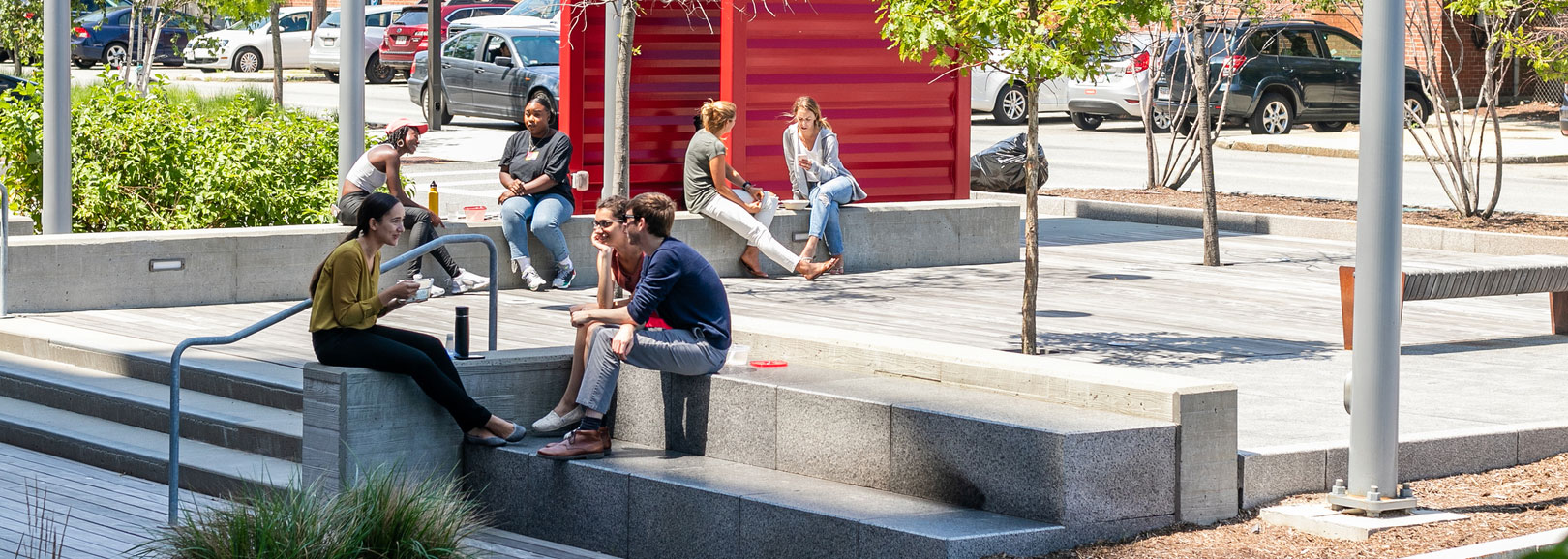
Creating strong team connections; Tools and lessons during a pandemic
Vice President Emily Paparella writes on LinkedIn how we have an opportunity to learn from the new communication routines developed during the pandemic.
In a matter of a few short months, longtime patterns of workplace interaction have been completely reshaped by our new work from home patterns. Even though technology had made working virtually possible long before the words “global pandemic” became a part of our everyday lexicon, most companies still revolved around traditional in person connections. And those incidental connections – at the coffee maker, in the corridors, walking to lunch – are clearly part of what makes working life vibrant and fulfilling.
At the same time, some of the new patterns we have created to make up for those incidental connections have actually improved internal communications, collaboration, and teamwork. In these past weeks, I’ve taken the following intentional steps to enhance my own team meetings. I hope that the increased social connectedness will continue after the physical distancing ends.
Daily team connections: Frequency is important to team building and fostering collaboration. A brief team huddle in the a.m. puts everyone on the same page for priorities, and the path forward; but it also offers an opportunity to understand the professional and personal obstacles the members of the team might be facing and how to collectively manage them.
Internal project meetings: When we are all in the office, with looming deadlines, tight schedules and a quick hallway update, it can be easy to let internal project meetings slide by the wayside. But working remotely has created an opportunity for regularly scheduled full team conversations. This is facilitating better communication, which creates both better projects and stronger teams. Also, utilizing more “face-to-face” video conferencing enables better connectedness than phone calls alone as visual nuances can increase engagement and improve clarity!
Make time for small talk: Ordinarily, teleconferencing software has been used to increase efficiency. However now, we are building in time for small talk that would otherwise happen organically at the office. The meeting leader is responsible for breaking the ice if necessary, asking open-ended questions or offering prompts. It’s important that everyone, especially younger team members has a role to play and an opportunity to share their perspective. This type of connection is important and enables us to be more resilient and supported in our work.
Even with these lessons and efforts to create personal connections using digital tools, the tangible connection is not quite replicable at this moment in time. We will return to those impromptu hallway chats someday soon. But here’s hoping we take some of the lessons on creating more intentional, regular team connections with us as well.
This article was first published on LinkedIn on May 14, 2020.
